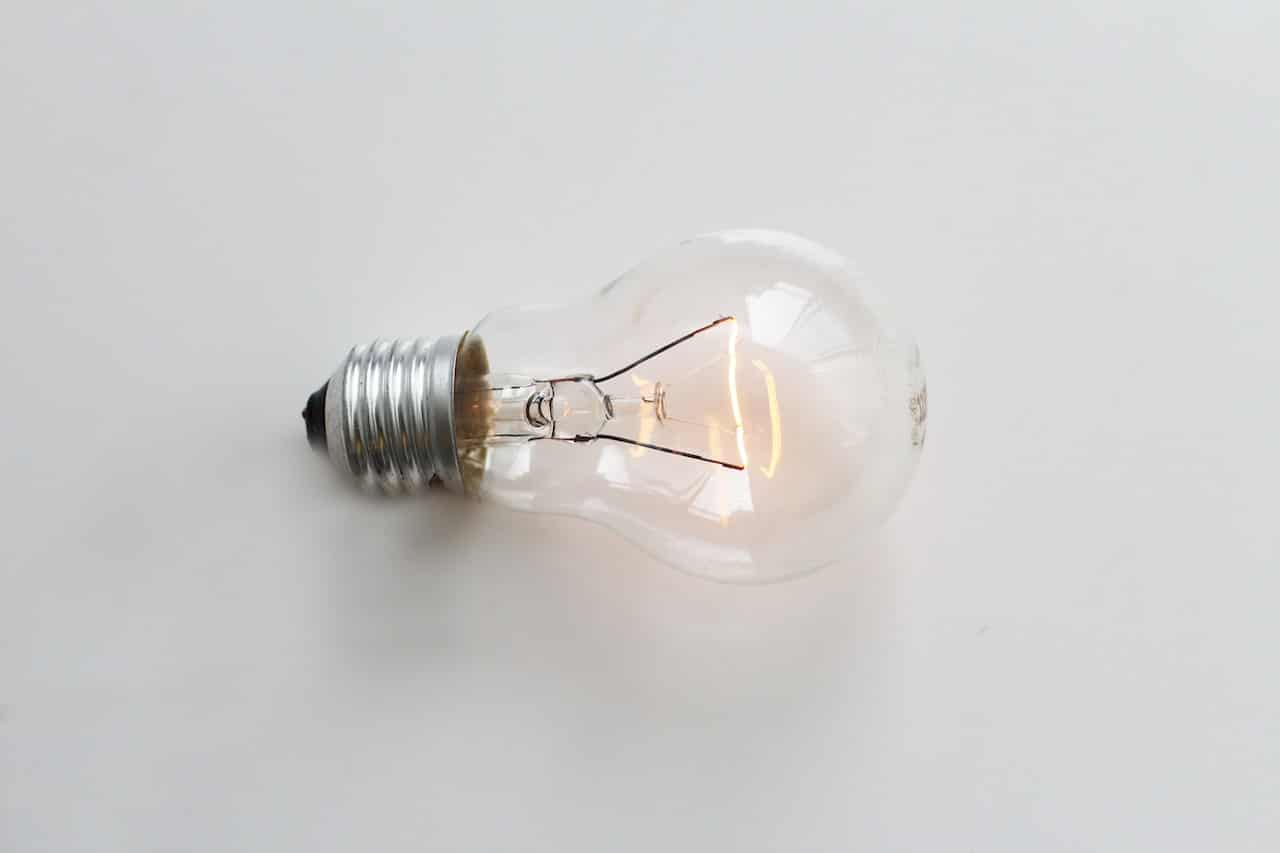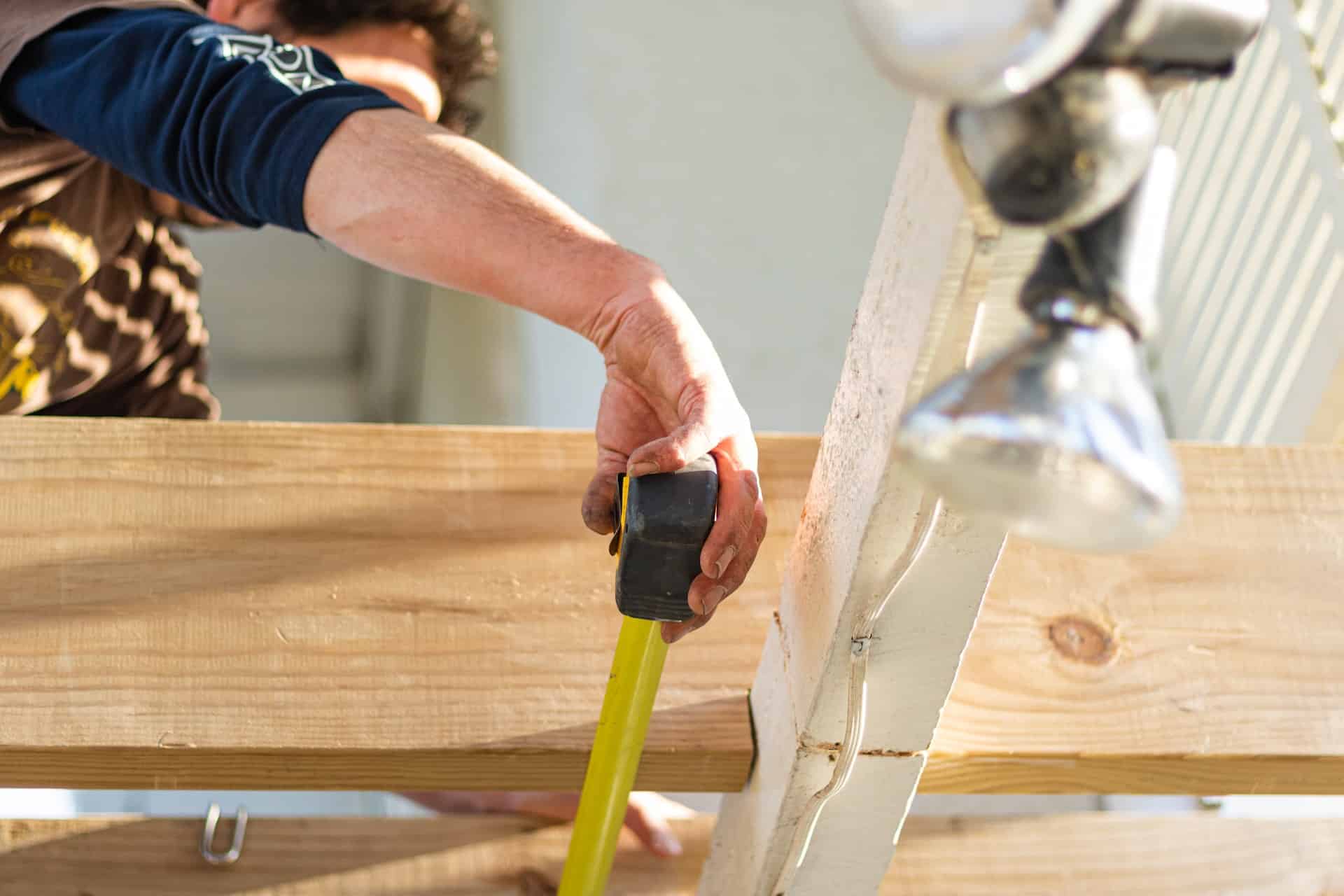There are few steps to rehabilitate student loans, including contacting your lender, going over documents, signing, and beginning repayment on your school loans.
Loan default usually happens when you miss multiple payments on your loan. This can happen to almost any loan, including student loans—which help pay for education. And it may be more common than you think, one out of every ten Americans has defaulted on a student loan.1 The good news is that with school loans, there are options you can pursue if your loan goes into default, including rehabilitation. Continue reading to learn more about this process and how you can rehabilitate your student debt.
What Exactly Is Student Loan Rehabilitation?
Student loan rehabilitation is the process of taking your loan out of default. This can be a great option if you want to continue repaying your loans, even if you missed payments earlier. Consider rehabilitation almost like a second chance to repay your school loans.
Key Aspects of Student Loan Rehabilitation
| Aspect | Description | Notes |
| Initial Contact | Reach out to loan servicer to initiate rehabilitation. | Use official contact details provided by your loan servicer. |
| Documentation Required | Provide proof of income and expenses. | Necessary for determining monthly payment under rehabilitation. |
| Rehabilitation Timeframe | 9 payments in 10 months. | Payments must be made within 20 days of the due date each month. |
| Post-Rehabilitation Status | Loan returns to good standing. | Access to benefits like deferment, forbearance, and loan forgiveness. |
| Credit Reporting | Default status removed after successful rehabilitation. | Past delinquencies may still be reported. |
| Subsequent Options | Eligibility for consolidation or new repayment plans. | Options like income-driven repayment become available. |
| Impact on Tax Refunds | Suspension of tax refund offset during rehabilitation. | Consult a tax advisor for specific implications. |
| Loan Type Eligibility | Direct Loans and FFEL Program loans. | Perkins Loans have different rehabilitation rules. |
| Costs and Fees | No additional costs for entering rehabilitation. | Regular monthly payments resume post-rehabilitation. |
| Future Borrowing Eligibility | Eligibility for new federal student aid restored. | Important for those planning further education. |
Can You Rehabilitate Private Student Loans?
Remember that student loan rehabilitation is only available for federally funded loans. But the good news is that if you are having trouble repaying your private school loans, there are things you can do to avoid default. More on that later.
What Does the Student Loan Rehabilitation Process Look Like?
It may seem daunting if you haven’t gone through the rehabilitation process before. The good news is the process of student loan rehabilitation is pretty similar to applying for your school loans in the first place. Once you learn more, you’ll discover that just like the initial application, things with rehabilitation are pretty straightforward. Here is a step-by-step guide on what you will need to do:
Step 1: Contact Your Lender
The first step to rehabilitating your student debt is to contact your student loan lender via email, mail, or over the phone. If you are unsure who that is, you can head to your online portal on the federal student loan website, which should let you know exactly who your student loan servicer is. You should be able to contact them over the phone or online. If your loans are Direct Loans (ED loans), your servicer will be the federal government directly, so you can contact the US Department of Education.
Step 2: Read Over the Documents and Sign
After you contact your lender and if they are willing to move forward with rehabilitation, you’ll get a new contract and terms to sign. Read over them and if everything looks good, go ahead and sign to get the loan back on track for repayment.
Step 3: Begin Repaying Your Student Loan Again
Once the contract is signed, your loans will officially be rehabilitated, and all that is left to do on your end is to restart repayment. You can usually set up automatic payments from your checking or savings account or pay through an online portal or over the phone.
What Will Rehabilitated Federal Student Loan Payment Look Like?
The type of repayment that you will receive depends on your loan type (there are several different kinds of federal student loan options) and its servicers. In general, though, federal student loan borrowers can look forward to the following repayment terms:
Your Monthly Payment With Loan Rehabilitations:
The monthly payment for your loan will be determined by your discretionary income amount. Discretionary income is different from adjusted gross income; it factors in your monthly expenses. Your monthly payments will equal 15 percent of discretionary income divided by 12. If you have dependents, they will factor into that minimum payment amount as well. You will have to provide proof of income and expenses.
Even after this calculation, if you cannot afford your monthly payment amount, you can let your lender know. As in the first part of the negotiation, you will need proof of income and expenses. You’ll have to also fill out specific paperwork. Sometimes, your monthly loan rehabilitation payment can be as little as $5 a month.
The Number of Rehabilitation Payments for Your Federal Student Loan Rehabilitation:
For your loan to be on track for rehabilitation, you will need to make 9 consecutive payments over a period of 10 months within 20 days of each due date. Once that part is over, you will continue paying your loan until it is repaid in full.
Involuntary Payments for Federal Student Loans
In some cases, if your loan has defaulted, your loan lender may be able to collect payments involuntarily through things like wage garnishments or other forms of court-ordered payments. These payments will continue until your loan is rehabilitated. Once your loan is in rehabilitation, then those involuntary payments will stop.
What Should I Do if I Can’t Continue Repaying My Loan After Rehabilitation?
If you still have trouble making your payments after loan rehabilitation, don’t panic! You should be able to talk to your loan servicer and explain your situation. For example, if your income or expenses change significantly, most school loan servicers will accommodate that. Remember that you will need proof of these changes to provide for your loan servicer.
If you are having trouble simply because of bad financial habits, consider things like automatic payments, fixing your spending habits, budgeting, and using other financial tools and resources to prioritize your loan repayment.
Some Advantages of Student Loan Rehabilitation
As mentioned earlier, student loan rehabilitation has several advantages. And in most cases is a much better option than default. Here are some benefits you can look forward to with student loan rehabilitation:
Your Student Loan Will be Out of Loan Default Which is Good for Your Credit History
Your federal loans will be removed from their default status, which can be extremely helpful for your credit. Defaulted loans will look like giant red flags for potential lenders, so getting your defaulted school loans out of that status will help your credit report. Keep in mind, though, that any late or missed payments that made you get to that student loan default status will not go away even after a student loan rehabilitation program to get out of default.
You’ll Get the Perks Back With Your Standard Student Loans
You’ll get several perks when you initially take out federal student loans; loan rehabilitation will mean getting those perks back. Perks like, loan forgiveness, a choice of repayment plans, forbearance, and deferment.
You’ll Be Eligible to Apply for Federal Student Aid Again
Another perk of a rehabilitated loan is that you’ll be eligible for school loans again. If you think you’ll need aid in the future for your education, this will be a huge perk.
Loan Rehabilitation Will Likely Be Cheaper Than Other Options
As long as you complete the terms that the student loan rehabilitation requires, rehabilitation will be cheaper than any other option, including loan refinancing or loan consolidation. Federal student loan servicers are likely to be more affordable and flexible with rehabilitation payments than student loan payments with private lenders.
Alternatives to Rehabilitate Student Loans
Student loan rehabilitation isn’t the only option to get defaulted loans back on track. Here are some alternatives to consider:
Repaying the Loan Balance in Full
If you can repay your student loan or loans in full, you may want to consider that option if you are trying to get it/them out of default. With this option, you won’t have to worry about a new payment plan and will be able to borrow student loan aid again if you need it.
Loan Consolidation for Student Loans
Debt consolidation is the process of combining multiple loan options in one loan. When it comes to federal student loans, you’ll be able to use a direct consolidation loan for this purpose. Your new loan holder will let you know about the repayment plan, and you can repay based on that. This option will also take your defaulted loan out of this status.
What About Private Student Loans?
Private student loans are not from the federal government, options like personal loans, some bad credit loans, or installment loans, which are loan options repaid in equal installments. If these loans default, you won’t be able to rehabilitate them. And even repaying the loans doesn’t mean they automatically go away from your credit reports and history—they will remain there for several years.
But if you haven’t gotten to the point yet, you can look into debt refinancing and consolidation options for a more affordable and manageable repayment plan. You may also be able to negotiate student loan repayment terms with your lender, especially if your financial situation has changed.
FAQ: Rehabilitating Student Debt
Eligibility typically requires that you have not previously rehabilitated the loan in question and that the loan is in default. Specific criteria can vary, so it’s best to consult with your loan holder for details.
Once consumers enter into loan rehabilitation agreements, and make the agreed-upon payments, any wage garnishment actions related to the defaulted federal student loans are typically suspended. However, they may resume if the agreement is not fulfilled.
Yes, after rehabilitation, you can usually choose an income-driven repayment plan. This can make your monthly payments more manageable based on your income and family size.
Missing a payment can jeopardize the rehabilitation process. Generally, all monthly payments must be made consecutively and within the agreed timeframe. If a payment is missed, you may need to restart the rehabilitation process or explore other options.
Yes, Federal Family Education Loans are eligible for rehabilitation. The process is similar to that for Direct Loans, but you should confirm the details with your loan servicer.
The process typically requires 9 consecutive monthly payments within a 10-month period. The timeline starts when you enter the rehabilitation agreement and make the first payment.
The loan holder facilitates the rehabilitation process, sets the terms of the agreement, and monitors your compliance. They are your primary point of contact and provide assistance throughout the process.
Generally, a defaulted federal student loan can only be rehabilitated once. If the loan defaults again, other options such as consolidation or full repayment might be necessary.
Rehabilitation can remove the student loan default status from your credit report, which can improve your credit score. However, past delinquencies leading up to the student loan default may still be reflected.
If the proposed monthly payments are unaffordable, you can request an alternative payment amount. This is often calculated based on your income, expenses, and family size. Documentation of your financial situation will be required.
Yes, you can negotiate defaulted federal student loans with your loan holder to potentially modify the terms of your defaulted federal student loan. It’s important to proactively communicate with them to explore available options and find a feasible solution.
The Bottom Line With CreditNinja: Student Loan Rehabilitation
Student loan rehabilitation is an option available for a defaulted federal student loan/loans. Furthermore, school loan rehabilitation has several perks, including a positive impact on credit, flexibility with repayment, affordability, and future eligibility for federal student aid. You’ll have to contact your loan servicer to start the process, and they’ll work with your financial situation to come up with a more manageable repayment than you previously had.
If you are trying to get your federal loans out of default, CreditNinja wants you to know that rehabilitation is not your only option; you can look into paying your loans off in full or loan consolidation.
References:






